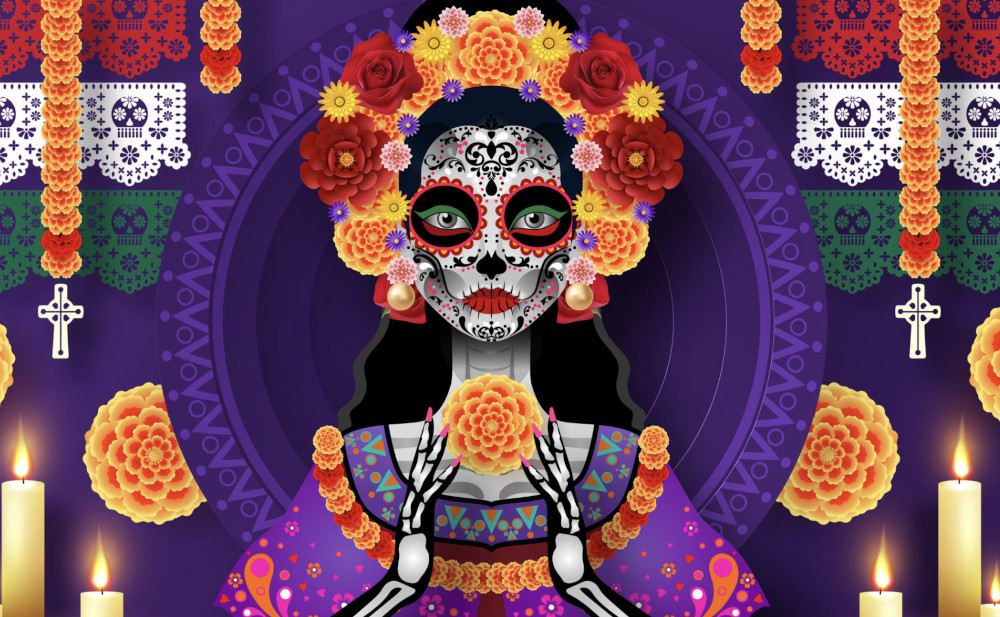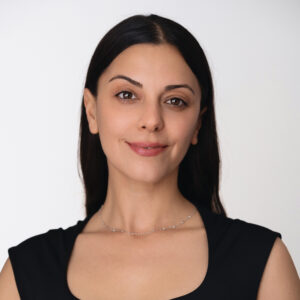The day after Halloween is traditionally commemorated as a celebration of the dead or "Dia De Los Muertos" in Mexico— the souls who have passed through life to death. To live is to die and today we remember 9 souls who contributed to medicine and beauty on planet Earth.
1. Rachel Carson, Born: May 27, 1907 Died: April 14, 1964
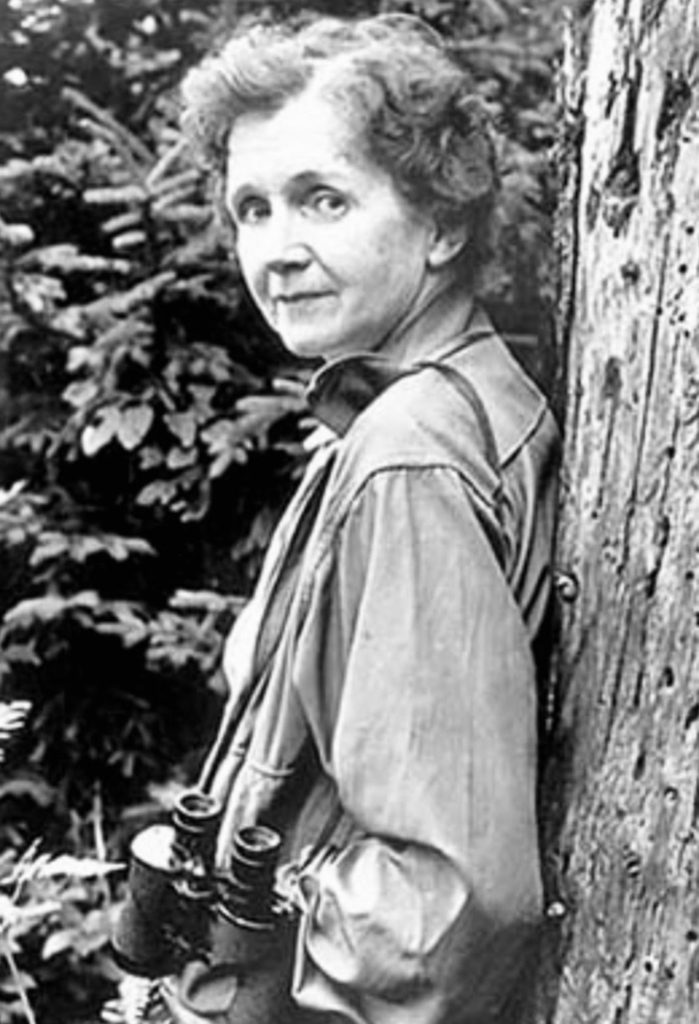
Marine biologist, author and ecologist Rachel Carson challenged the idea that humans could control nature with dangerous chemicals, bombs and space travel. As a student of nature, Carson warned in her revolutionary book, Silent Spring (1962) of the misuse of dangerous organic chemical pesticides such as DDT, BHC, dieldrin, heptachlor and other chlorinated hydrocarbons. This influential book is credited with having advanced the global environmental movement.
Rachel worked for the U.S. Fish and Wildlife Service in Washington, D.C as a science writer and editor where she became inspired to write her first book, Under the Sea-Wind (1941), an account of the relations between a sea bird, a fish and an eel sharing the open seas.
As a scholar working in government during World War II, Carson took advantage of the available scientific material and wrote her second book, The Sea Around Us (1951) which became an international best-seller.
The Edge of the Sea (1955) Rachel’s third book, focused on the east coast ecosystems from Maine to Florida. All three of these books collectively raised the consciousness of a generation, bringing to light the miracle of life that happens where the land meets the sea.
In 1963, Rachel testified before Congress about the devastating damage caused by an irresponsible use of chemicals on the planet. Her testimony called for new policies that protected human health and all of Earth’s inhabitants. She was attacked by the chemical industry and government for being an alarmist.
“Now, I truly believe, that we in this generation, must come to terms with nature and I think we’re challenged as mankind has never been challenged before to prove our maturity and our mastery, not of nature, but of ourselves.”
Rachel Carson
2. Frances Oldham Kelsey, Born: July 24,1914 Died: August 7, 2015
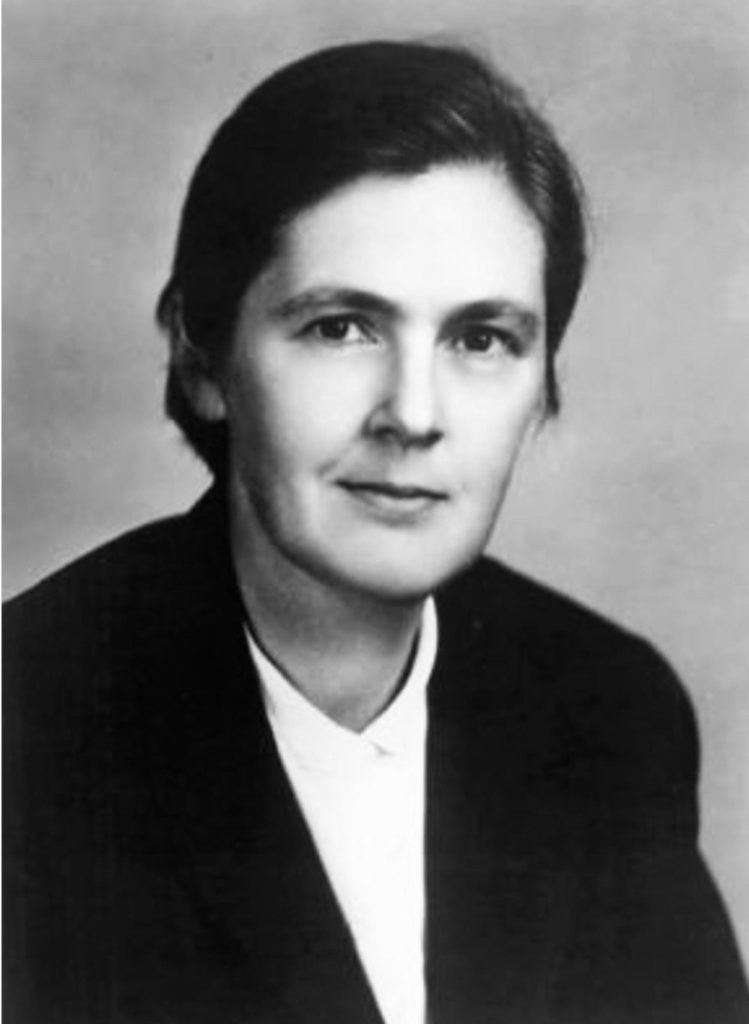
Canadian-American pharmacologist and physician, Frances Oldham Kelsey, earned her bachelor of science and master of science (pharmacology) degrees from McGill University in 1934 and 1935. Afterwards, she was encouraged to apply for graduate work with Professor EMK Geiling, PhD, MD. who was starting a new department in pharmacology at the University of Chicago. Professor Geiling had mistakenly took Frances for a male applicant and accepted her in 1936, giving her important projects relating to toxicology.
Kelsey began her work with Geiling interested in teratogens, drugs that can cross the placental barrier and cause congenital malformations. She received her MD in 1950 from the University of Chicago where she worked on the university faculty and coauthored the textbook The Essentials of Pharmacology. After moving to Washington, D.C., Kelsey was hired as one of a handful of medical officers in 1960 at the U.S. Food and Drug Administration to review new drug applications.
She refused to authorize the drug Kevadon or thalidomide for market use because of the drug’s safety concerns, although it was already widely prescribed in Western Europe and Great Britain as a sleep aid and was even recommended to relieve morning sickness in pregnant women.
The concerns she expressed regarding the drug’s safety and efficacy was proved justified when thalidomide was shown to cause serious birth defects.
Her career strengthened the passage of laws relating to FDA oversight of pharmaceutical drugs. For her courage and foresight, Kelsey became the second woman to receive the President’s Award for Distinguished Federal Civilian Service, awarded by John F. Kennedy in 1962.
“When a woman took a job in those days, she was made to feel as if she was depriving a man of the ability to support his wife and child. But, my professor said: ‘Don’t be stupid. Accept the job, sign your name and put “Miss” in brackets afterward.’
Dr. Frances Oldham Kelsey
3. Dr. Fred R. Klenner, Born: October 22, 1907 Died: May 20, 1984
Physician and pioneer of vitamin C research on toxicology, Dr. Fred R. Klenner began experimenting with large doses of vitamins and particularly ascorbic acid (vitamin C) in the early 1940’s to treat patients with the alleged poliomyelitis virus. This was well before Dr. Linus Carl Pauling was awarded the Nobel Prize in Chemistry in 1954 for research into the nature of the chemical bond and its application to the elucidation of the structure of complex substances.
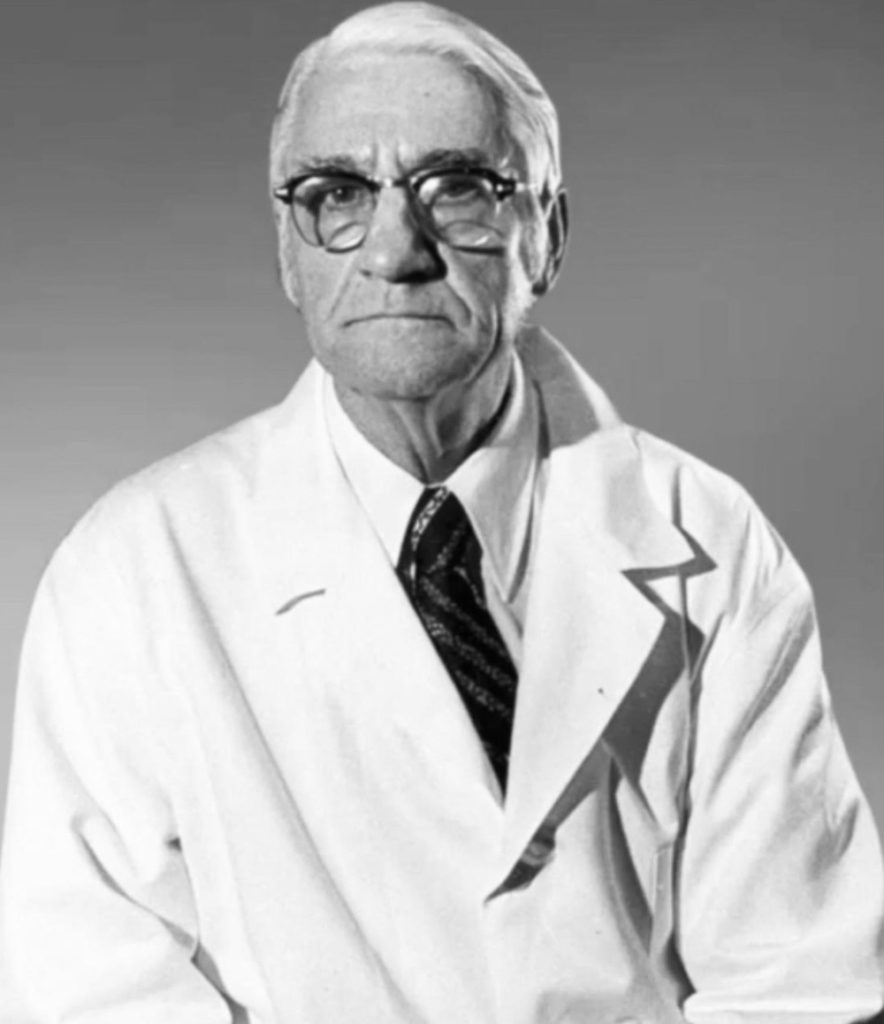
Dr. Klenner began his work with megadoses of vitamin C by using up to 100 grams per day orally or intravenously. The clinical reports recorded the excellent response after large doses of the essential vitamin had been administered.
One report showed polio patients given vitamin C suffered no residual defects from their polio symptoms. A controlled study in England on 70 children, half given placebo, half given vitamin C, confirmed none of the ascorbate treated cases developed any paralysis while up to 20 percent of the untreated did.
The study was not published due to the Salk Vaccine having just been developed and the medical establishment was not interested in Dr. Klenner’s work with essential vitamins. Klenner was considered a quack by many within the medical industry although his remarkable discoveries with use of vitamin c on pathological syndromes proved successful. The majority of his 28 papers published went largely ignored.
The National Research Council of the National Academy of Sciences now recognizes that vitamin C does play a role in the prevention of cancer. Numerous studies indicate that vitamin C improves our immune system response and effectively counteracts radiation and chemical toxins.
“Vitamin C is the safest substance available to the physician.”
Dr. Frederick R. Klenner, MD
“Many voice a silent view that the Salk and Sabin vaccine, being made of monkey kidney tissue has been directly responsible for the major increase in leukemia in this country.”
Dr. Fred R. Klenner, MD
4. Dr. Morton Sidney Biskind, Born January 14, 1906 Died January 1, 1986
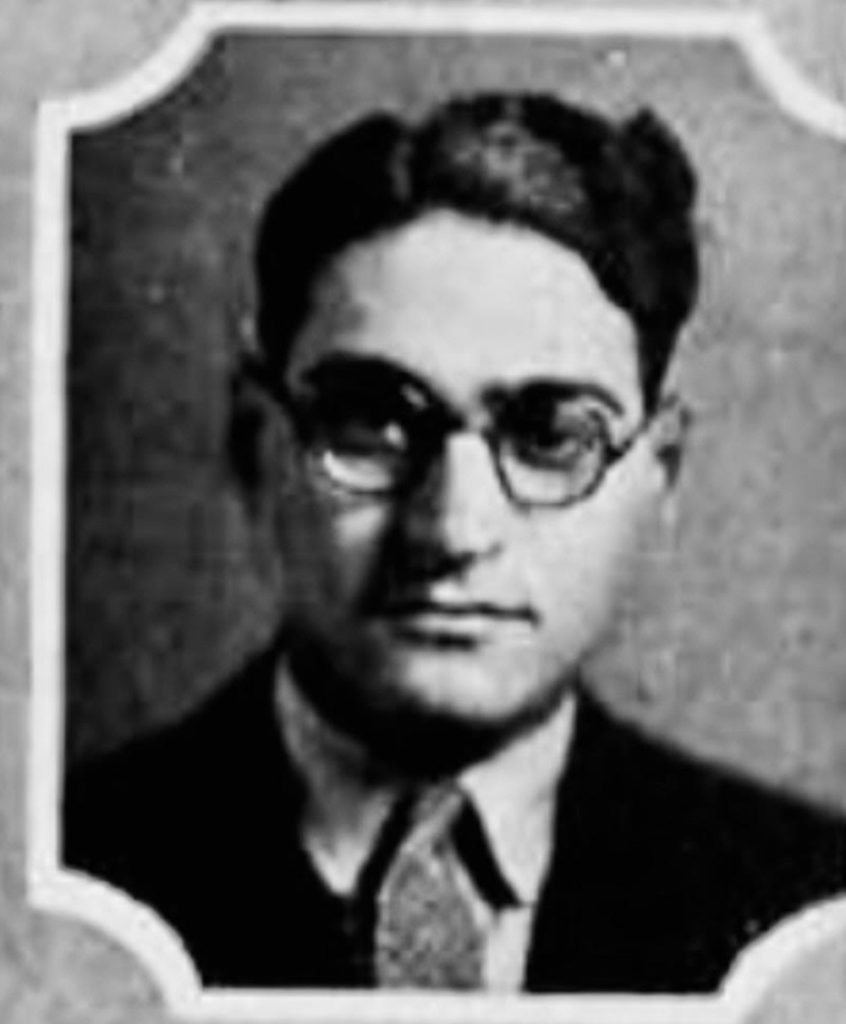
Physician Dr. Morton Sidney Biskind began noticing new ailments following World War II in the people he treated, as well as in domestic animals and wildlife when chemical companies such as Monsanto and Ciba produced Dichlorodiphenyltrichloroethane, or DDT to be used as the first insecticide. The maladies he observed at first occurred most pronounced in dogs, cats, sheep, and cattle and included degenerative problems in their brains, internal organs, and muscles.
A dramatic increase in similar symptoms began in humans and when Dr. Biskind began doing research he consulted other doctors. He later published along with Dr. Irving Bieber, “DDT Poisoning: A New Syndrome With Neuropsychiatric Manifestations” in the American Journal of Psychotherapy.
Despite being well known among scientists that DDT had a devastating impact on life forms beyond the insects the manufacturers intended to kill, the FDA dismissed Biskind’s claims.
In 1950, Dr. Biskind testified before Congress about the harmful effects of DDT and the even more toxic, BHC (Benzene Hexachloride) and its correlation with the polio outbreak. He noted, “At the time DDT was released for public use, a large amount of data was already available in the medical literature showing that this agent was extremely toxic for many different species of animals, that it was cumulatively stored in the body fat and that it appears in the milk.
At this time a few cases of DDT poisoning in human beings had also been reported. These observations were almost completely ignored or misinterpreted”.
Nearly a decade later, Dr. Biskind describes several case examples of patients whose severe paralysis symptoms disappeared when exposure to DDT and other toxins had been eliminated. He highlights experience on more than 200 cases which proved DDT responsible for human disabilities. In 1972 the United States banned the use of DDT based on its adverse environmental effects to all planetary life forms. It has since been classified as a probable human carcinogen by the U.S. and international authorities.
“Facts are stubborn and refusal to accept them does not avoid their inexorable effects—the tragic consequences are now upon us.”
Dr. Morton Sidney Biskind
5. Susan La Flesche Picotte Born: June 17, 1865 Died: September 18, 1915
Native American doctor and healer, Susan La Flesche Picotte became the first Indigenous woman to earn a medical degree. She advocated for public health and the legal allotment of land to members of the Omaha tribe. As a social reformer she worked to discourage drinking alcohol on the reservation and assist the Omaha to receive money owed to them for the sale of their land through the Office of Indian Affairs.
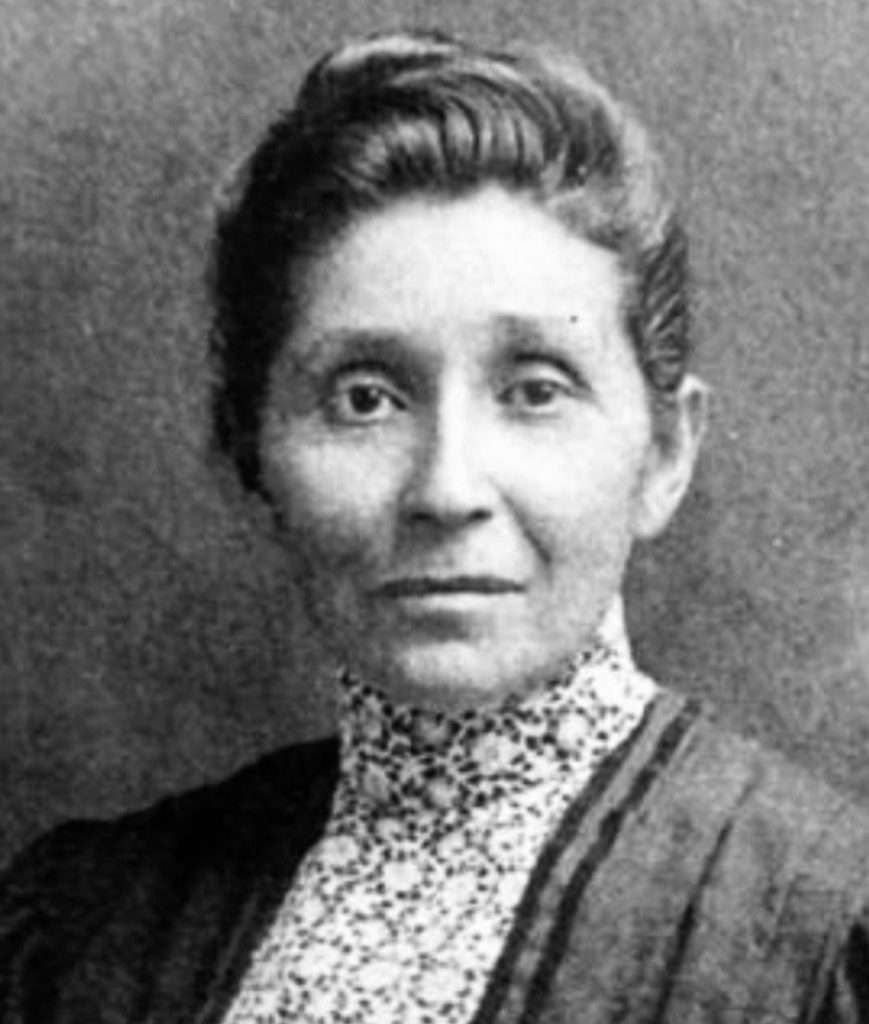
Susan began her education early at a reservation mission school that was first run by Presbyterians and then Quakers after President Ulysses S. Grant’s “Peace Policy” in 1869. She furthered her education in Elizabeth, New Jersey and then in Hampton, Virginia from 1884-1886. It wasn’t until 1886 that she decided to apply to medical school.
She was accepted at the Woman’s Medical College of Pennsylvania (WMCP) and graduated valedictorian at the top of her class on March 14, 1889. In addition to treating immediate medical ailments, Susan educated her community about the importance of preventive medicine and public health issues, which included temperance to curb consumption of alcohol.
As a member of the health board and founding member of the Thurston County Medical Society in 1907, Susan spearheaded efforts to educate people in schools about health and disease prevention. She campaigned for the building of the first hospital on a reservation. It was completed in 1913 and named in her honor for being the first privately funded hospital on a reservation.
“I am a dreamer who dreams, sees visions, and listens always to the still, small voice. I am a trail-blazer.”
Susan La Flesche Picotte
6. Alice Hamilton, Born February 27, 1869 Died: September 22, 1970
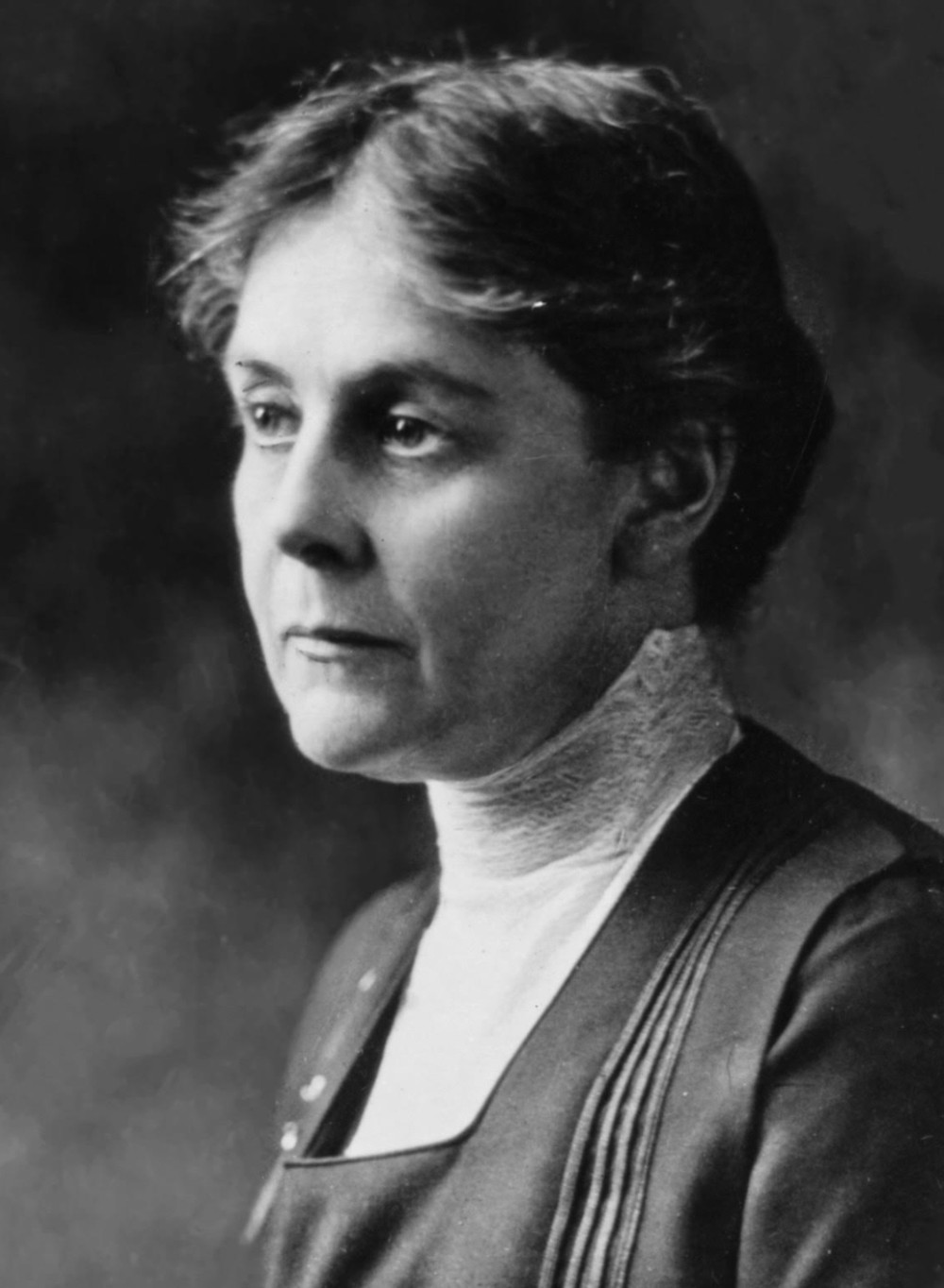
Physician, research scientist and author, Dr. Alice Hamilton became one of the leading experts in the field of industrial toxicology and occupational health. After graduating from Michigan University Medical School and taking internships to gain clinical experience, she sailed for Germany accompanied by her sister Edith to study bacteriology and pathology, but German universities did not admit women. She had to remain “invisible” to male students in order to attend classes at Munich and Leipzig universities.
Nevertheless, in 1896 she enrolled at Johns Hopkins University and later landed a pathology teaching job at the Women’s Medical School of Northwestern University in Chicago. Acceptance of the job enabled Alice to live at the Hull-House, which was the most famous settlement house in the United States.
At Hull-House, Alice treated poor immigrants for diseases resulting from toxic working conditions. Her scientific research work on the dangerous effects of industrial metals and chemical compounds was recognized internationally and in 1919 she was offered a position in industrial medicine at Harvard Medical School. Throughout her life she was also very interested in emancipation social issues.
Hamilton died at 101 years-old and three months later, Congress passed the Occupational Safety and Health Act— a U.S. labor law that protects employees from recognized unsanitary conditions and dangerous industrial toxic chemicals.
“I chose medicine not because I was scientifically-minded, for I was deeply ignorant of science. I chose it because as a doctor I could go anywhere I pleased— to far-off lands or to city slums and be quite sure I could be of use anywhere.”
Alice Hamilton
7. Jose Celso Barbosa MD, Born July 27, 1857 Died September 21, 1921
Physician and sociologist, Jose Celso Barbosa was encouraged by his aunt, “Mama Lucia” to leave Puerto Rico for New York City to further his education. Admission officials at Columbia University’s College of Physicians and Surgeons rejected his application with a refusal letter that read, “At a faculty meeting held last night it was decided not to receive students of color,” but Barbosa was determined.
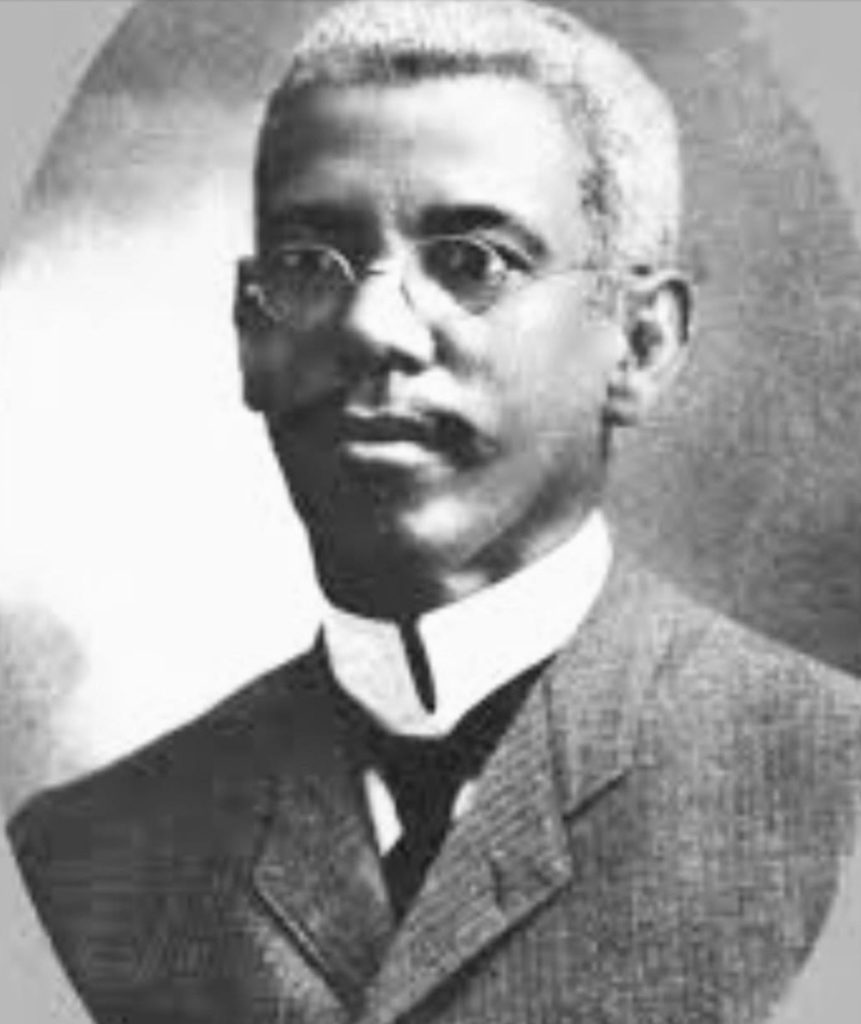
In 1880, he graduated with honors from the University of Michigan as the first Puerto Rican to receive a medical degree in the United States.
Upon his return back to Puerto Rico, Spanish authorities refused to recognize his American medical training until a panel administered assessments. Dr. Barbosa went on to teach natural history, anatomy, obstetrics, and midwifery at the Ateneo Cientifico y Literario.
During the Spanish-American war, Jose Celso Barbosa treated many poor patients across Puerto Rico and soldiers through the Red Cross.
He supported the United Sates’ annexation of Puerto Rico and was considered “Father of the Puerto Rican Statehood Movement”. Barbosa became an advocate for employer-based health care insurance at a time when it was a radical idea.
In 1984 his childhood home in San Juan was added to the U.S. National Register of Historic Places. Puerto Rico celebrates his birthday
“Black! Black! Black! I am proud of being a Negro. Nor have I ever tried to beg tolerance from anyone. Superiority is not proved by color, but by the brain, by education, by willpower, by moral courage.”
Jose Celso Barbosa
8. Chandler “Chan” Robbins, Born: July 17, 1918 Died: March 20, 2017
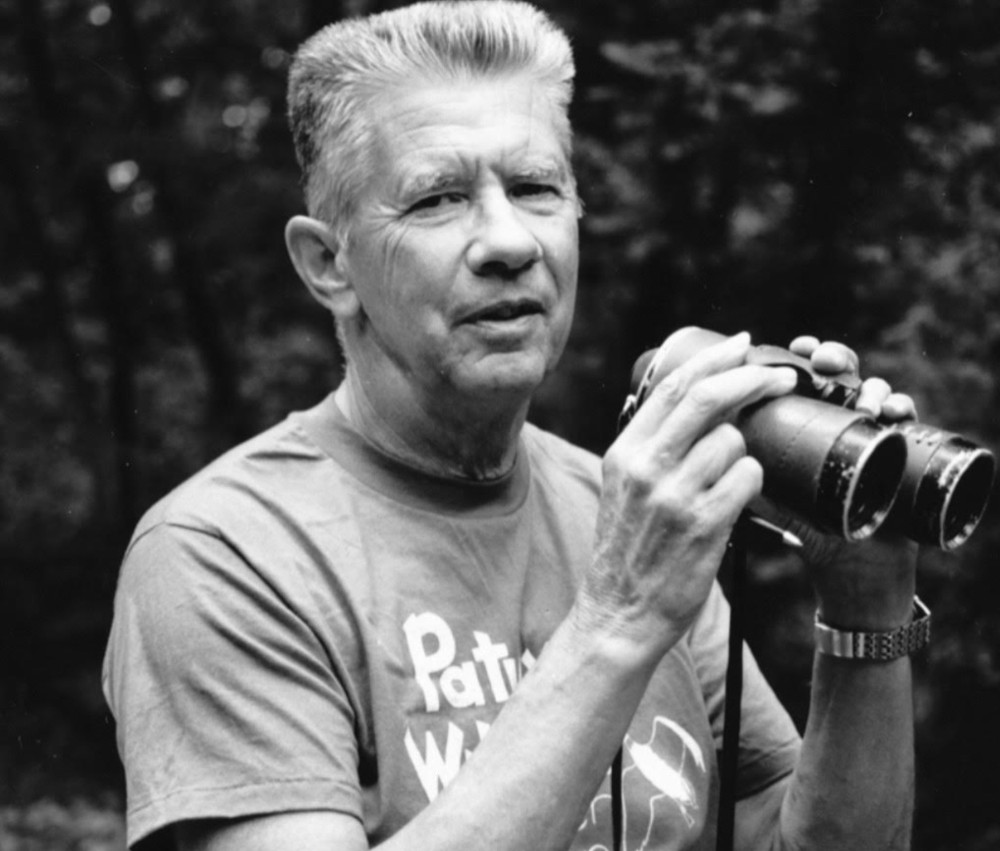
Renowned American ornithologist, Chandler “Chan” Robbins, led some of the earliest investigations into how the malarial insect-fighting compound known as DDT was effecting avians in the environment. Chandler joined Rachel Carson in the greater Washington area in the 1950’s to study birds and hold outings by the Audubon Society of the District of Columbia.
As a 25 year-old conscientious objector of World War II, Robbins first came to the Federal Government’s Patuxent Research Refuge in 1943 where he began banding birds for biological research into their health, reproduction and population dynamics.
When the war ended in 1945, Robbins joined the Fish and Wildlife Service’s predecessor agency as a junior biologist. His contribution to conservation included a conceptualization in the mid-1960s of the North American Breeding Bird Survey which was an effort to standardize, monitor and predict trends in continental bird populations by using statistically-sound methods and data collection techniques. This would be conducted by skilled bird observers relying on sight and sound.
It has been stated that Chan Robbins may be best remembered for his co-authorship of the “Birds of North America/A Guide to Field Identification” that was published in 1966 by New York’s Golden Press as one of the first field guides to songbirds, waterfowl and shorebirds. The charming volume has inspired generations of school children and novice birders. The publication is still printed today.
“It’s too quiet; there are not enough warblers anymore. People don’t give birds a second thought when they use pesticides.”
Chandler Robbins
9. Mahatma Gandhi, Born: October 2, 1869, Assassinated: January 30, 1948
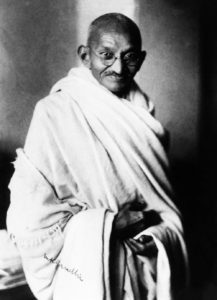
Indian lawyer, “great-souled”, “venerable”, Mahatma Gandhi, served to inspire freedom and civil rights across the world. He lead the successful campaign for India’s independence from British rule by employing non-violent resistance.
At age 22 years, Gandhi was called to the bar and left for South Africa to represent an Indian merchant in a lawsuit. He lived there for 21 years and at the age of 45 he returned to India to start organizing farmers, peasants and urban laborers to protest against discrimination and high land-tax.
As a leader of the Indian National Congress in 1921 Mahatma led nationwide movements for alleviating poverty, expanding women’s right and above all, achieving swaraj or self-rule.
He was imprisoned many times for years in South Africa and India for bringing anti-colonial nationalism protests to common people.
On January 30, 1948 Gandhi was assassinated with three bullets shot into his chest at an interfaith prayer meeting in Delhi. His birthday October 2 is commemorated in India as Gandhi Jayant, a national holiday and worldwide as the International Day of Nonviolence.
“I am & have been for years a confirmed anti-vaccinationist. Anti-vaccination has no backing from the orthodox medical opinion. A medical man who expresses himself against vaccination loses caste. Tremendous pecuniary interests too have grown around vaccination.”
Mahatma Gandhi
“In a gentle way, you can shake the world.”
Mahatma Gandhi

